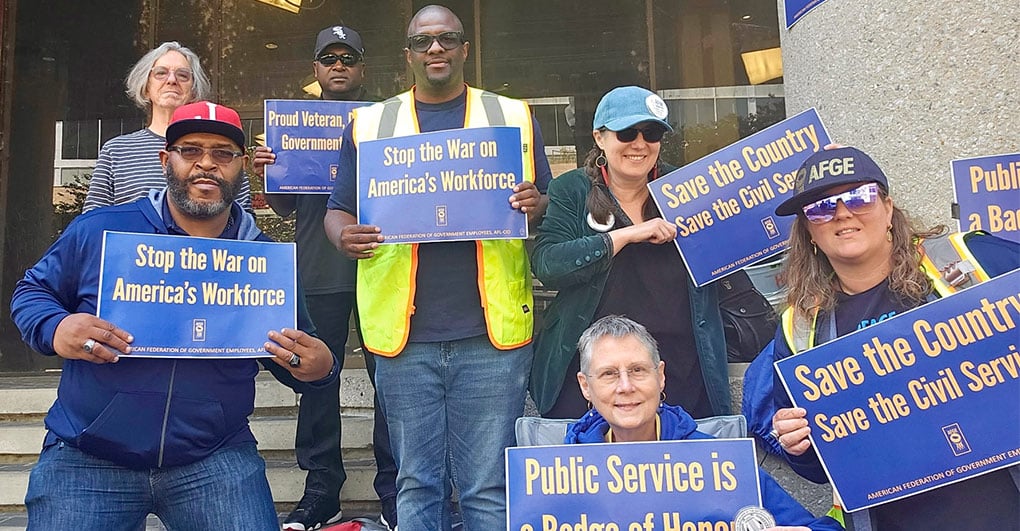When Will We Have The Last Oil Spill?
Perhaps the first serious shadow to fall on the oil age came in the winter of 1969, after a blowout on a well, six miles off the coast of Santa Barbara. At least two million gallons of crude coated beaches and killed everything, from gulls to sea lions, and the resulting uproar fuelled the first Earth Day, in 1970, and also the first broad environmental laws in the United States, which were soon copied around the world.
Half a century later, oil has again coated the beaches of Southern California, this time from a ruptured pipeline near Newport Beach. Fortunately, the quantities aren’t as large—current estimates are some hundred thousand gallons—but beaches have been shut to millions of people, and a wetland conservancy that is a refuge for dozens of bird species may take decades to recover. (And the inability of the oil industry to monitor its equipment is maddening—the damage may have been caused as long as a year ago by an anchor hitting the pipe.) The response is less shock than resignation, since we’ve seen so many of these debacles in the past fifty years, including the Exxon Valdez spill and the BP spill in the Gulf of Mexico. But there’s a difference this time: the spill comes as the oil industry heads into a terminal decline, its reputation wrecked and its power starting to wane. Responding to a call from indigenous groups, environmentalists from around the country are descending on Washington, D.C., this week for a series of “People vs. Fossil Fuels” civil-disobedience actions outside the White House, Congress, and the Army Corps of Engineers; for the moment they’re being arrested, but in the long run they clearly have momentum on their side. The only questions now are how long the industry can hang on and how much more damage it will do.
As events of the past few weeks have made clear, long-term investors are running away from the fossil-fuel sector. So far, institutions have divested nearly fifteen trillion dollars’ worth of portfolios and endowments away from fossil fuels. Last month, Harvard announced that it will wind down its remaining investments. Other prestigious parts of the establishment followed. The MacArthur Foundation announced that it would move its $8.2-billion endowment away from fossil fuels. On Friday, Dartmouth University joined the list, leaving only three of eight Ivies—Yale, Princeton, and Penn—to make the move. More will follow; divestment campaigners are planning big announcements for October 26th, in the lead-up to the 2021 Glasgow climate summit. (I have helped with the divestment effort.) Those talks can’t come soon enough, because the existential climate threat gets more apparent every day. Earlier this month, Genoa saw the heaviest rainfall ever measured in Europe, with around thirty-five inches—a typical yearly total for Seattle—falling in a single day. The rain came down twice as fast as September’s epic and terrifying deluge in New York.
Meanwhile, scientists have been zeroing in on the health hazards that fossil fuels pose to humans. As Sammy Roth points out in the Los Angeles Times, the economic benefits of getting off fossil fuels in the U.S. alone, “in terms of lives saved, hospital visits avoided and workdays not lost due to illness or deaths—would exceed $700 billion per year, higher than published estimates of the costs of weaning the economy off fossil fuels.” And a spate of data has been making it increasingly clear that there’s no long-term cost to leaving fossil fuels behind. Indeed, the latest research indicates that the faster you transition the more money you save. If the first famous California oil spill was a Greek tragedy fated by our dependence on fossil fuels, this most recent one—and the endless daily spill of carbon and smoke into the air—is a tragedy of a different, more venal kind.
Along the way, there will be transitional bumps of all kinds. At the moment, the price of oil is rising, because there’s a worldwide commodity boom and the pandemic depressed drilling. But if that helps oil companies for a quarter, or three, it hurts it in the long term: gas is about $3.25 a gallon right now, and that means that anyone thinking about, say, a new pickup truck has one more reason to choose the electric Ford F-150, with the car company already taking preorders for spring delivery. Got solar panels on your roof and an E.V. in the garage? You’re your own filling station, insulated from oil’s decline.
Really, the only asset the fossil-fuel industry has left is political clout, and that, too, is waning. Joe Biden, in the last debate of the 2020 campaign, said that it was time to “transition away from the oil industry,” and his Build Back Better plan does precisely that, with serious money behind a push to use penalties and tax credits to spur utilities toward clean energy. He’s got forty-eight Democratic senators—representing well more than half of the American population—lined up behind it. Only the oil industry’s death grip on the G.O.P. and the craven opportunism of West Virginia’s Joe Manchin and Arizona’s Kyrsten Sinema hold back the future. On Friday, Sinema (who began her political life in the misbegotten adventure of Ralph Nader’s 2000 Green Party run) enigmatically demanded that a hundred billion dollars be cut from the climate funding in the Build Back Better bill.
That political cloud and the delay it can produce present an enormous challenge; if we haven’t cut emissions in half by 2030, climatologists warn, we’ll miss our chance to hit the climate targets we set in Paris, with all the attendant chaos that will follow. On that long list of things at stake in the fight, the sands of California are perhaps not the most vital, but they make clear the possible outcomes. Those beaches—and Hollywood’s depiction of them—came to help define the image of an idyll. If the sea level keeps rising, however, two-thirds of Southern California’s beaches could vanish. And if we keep pumping oil, some of it will inevitably keep spilling. On the other hand, solar spills hit Santa Barbara two hundred and eighty-three days in an average year. That could be the future.










